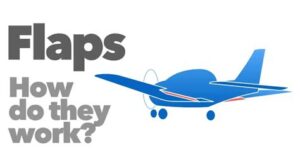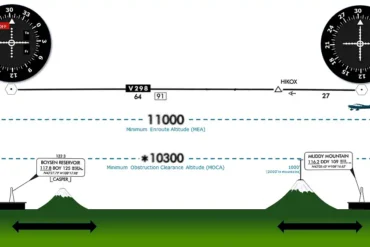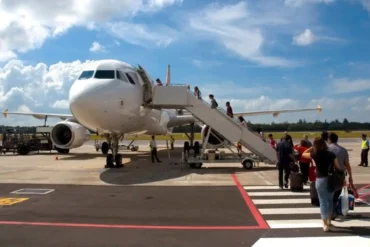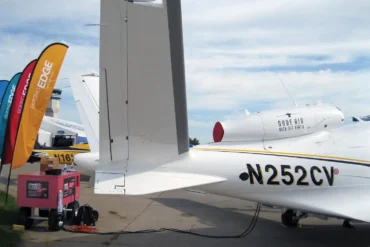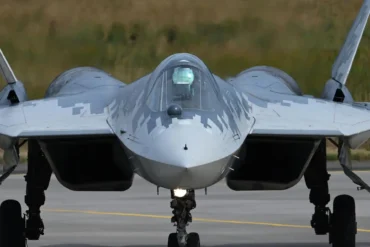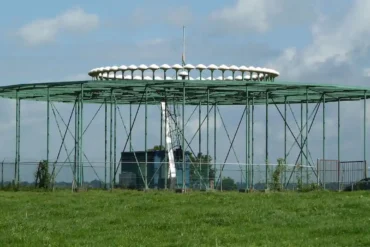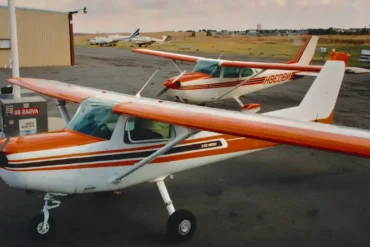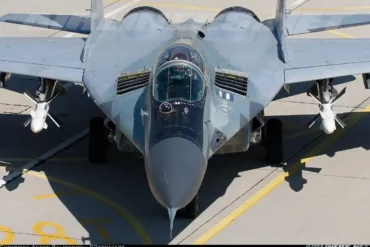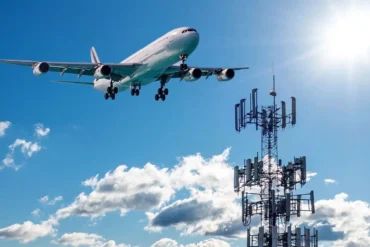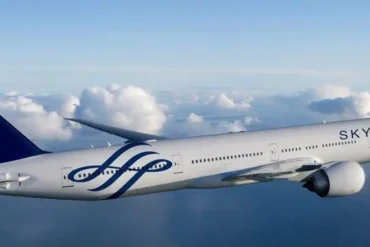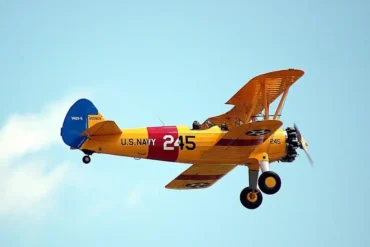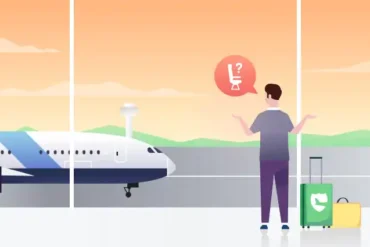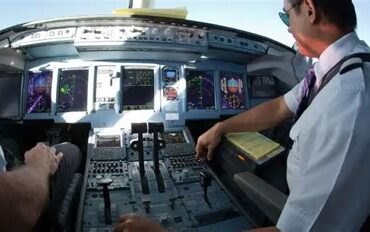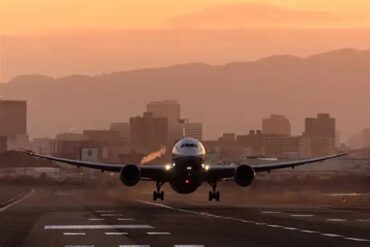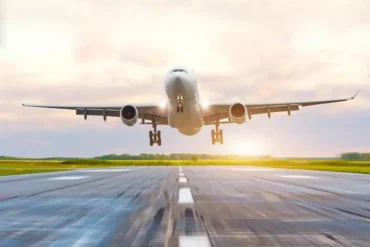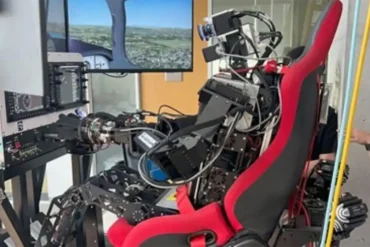Hey there, pilots! Let’s talk about flaps and why they’re so important. These facts are crucial knowledge for any aviator:
1. Flap Extension Changes the Wing’s Curvature
When you extend those flaps, it modifies the curvature, or camber, of your wing. This adjustment reduces your aircraft’s stall speed while increasing drag. With a greater camber, your wing can generate more lift at a given angle-of-attack. Pretty neat, right?
2. Flap Extension Lowers Stall Speed
By deploying those flaps, your wing generates more lift, so you don’t need as much angle-of-attack to keep those four forces of flight in balance. As a result, when you’ve got those flaps extended, your stall speed decreases. Handy for landing, isn’t it?
3. Flap Extension Increases Drag
As the saying goes, “nothing in life is free,” and the same principle applies to lift. When you increase lift by extending flaps, you also increase induced drag. However, this added drag can be a good thing, especially when it comes to landing, which we’ll discuss shortly.
4. Takeoff Flap Settings Are Usually 5 to 15 Degrees
During takeoff, aircraft typically use flap settings ranging between 5 and 15 degrees (most jets also use leading-edge slats). This is quite different from landing procedures, where aircraft usually deploy 25 to 40 degrees of flaps. Why the difference? By extending the flaps moderately, aircraft benefit from increased lift due to camber without the high drag associated with fully extended flaps.
5. Full Flaps Are Typically Used for Landing
When coming in for a landing, pilots often deploy full flaps to maximize both lift and drag generated by the wing. This has two main advantages: First, it reduces the stall speed, allowing for a slower approach. Second, it enhances drag, enabling a steeper descent angle towards the runway.
